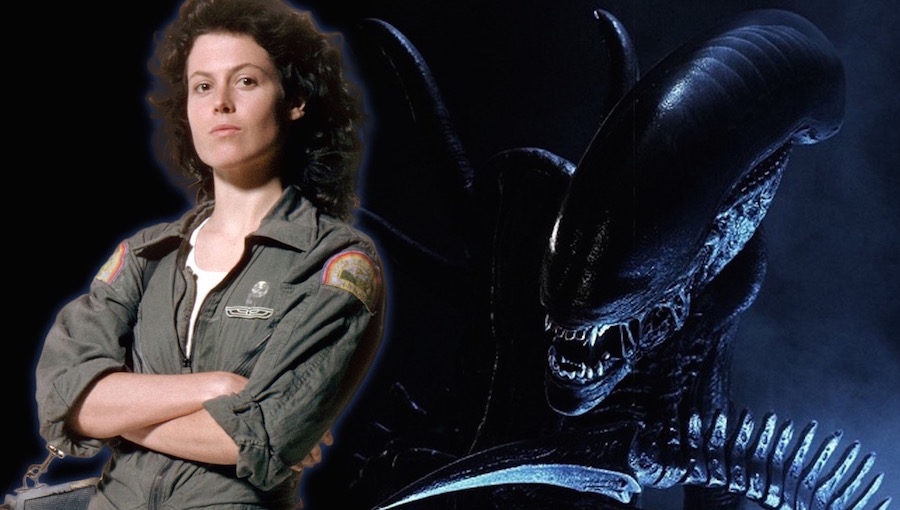What are my chances?
Does not compute.
From the slow reveal of the word “ALIEN” to a minimal, tribal, ambient musical palette during the opening credits, Ridley Scott’s 1979 horror film quickly ramped up the intensity of humanity’s interaction with space. All traces of the hope and optimism of space exploration of the 1960s had been replaced by corporate oppression to the point of human expendability – from corporation and alien. Being expendable left the crew of the Nostromo helpless and vulnerable; all but one met with horrific, violent, and violating deaths. Yes, it was a new playing field, and going out into space has never been the same.
Re-watching Alien in preparation of LV-426 or Alien Day, this almost 40-year-old film manages to stand the test of time; there are many factors that play into the creation of such an impactful film. The cast, the script, the sets, and the effects look fantastic. The setup of tension and suspenseful horror is incredible. What might go unnoticed are the similarities to 2001: A Space Odyssey (1968, Stanley Kubrick) and Star Wars (1977, George Lucas). From Kubrick’s masterpiece, décor elements finding their way into the Nostromo, artificial intelligence gone awry (and on a killing spree), and the [spoiler alert] ending explosion is also reminiscent. The low-angle opening shot of the Nostromo could easily be a sibling to the opening shot of Star Wars, as well as the generally oppressive feeling generated by the corridors of the various spaceships and the climatic scene as Luke uses the force to destroy the Death Star.
Kubrick’s and Lucas’ films had powerful musical scores; the former incorporated classical pieces while the latter had the beautiful sweeping compositions of John Williams. Jerry Goldsmith, who was no stranger to scoring science fiction films, notably Logan’s Run (1976, Michael Anderson) and Capricorn One [1977, Peter Hyams (Hyams and Goldsmith would partner again in 1981 for Outland.)], went a different direction with Alien. He pulled in tribal, as well as orchestral, minimalism, as well as ambient drones. One of the subtlest musical cues easily missed were the taps and beats, like a lifeforce: sometimes strong, loud, and regular, sometimes chaotic and fast, and at other times slow, rhythmic, and faint. All of these elements led to one of the all-time favorite horror films. It is not a surprise that Alien would lead to a successful franchise, paving the way for a new genre of films: space horror. It also spawned several knock-offs and, like Star Wars, a certain amount of merchandising and tie-ins, such as a graphic novel.
Fanbase Press’ staff and contributors are proud to honor the films that were set on or within orbit of LV-426, in addition to the franchise as a whole. April 26th marks the third year to celebrate #AlienDay. (See Alien Universe for official activities.) So, in celebration of #AlienDay, we will be posting editorials that provide insight and analysis of the franchise.
Here’s a rundown of today’s Alien Day celebration:
Contributor Nicholas Diak discusses those knock-offs from the Italian studios
President Bryant Dillon hypothesizes who was Bishop II from Alien3 and conceptualizes an Alien Cinematic Universe
And, if that isn’t enough content to send you screaming to your nearest escape pod, then check out some highlights from our Alien Day vault:
Fanbase Feature: An Alien: Covenant Panel Discussion
Fanbase Press Interview with Pvt. Vasquez (Jenette Goldstein) of Aliens
Fanbase Press’ YouTube The Alien Franchise Videos Playlist
Fanbase Press Interviews Dark Star: H.R. Giger’s World Director Belinda Sallin
Happy #AlienDay!

